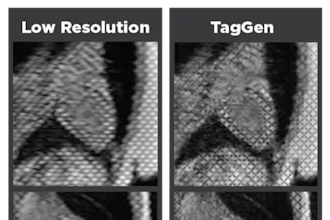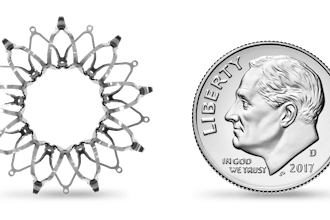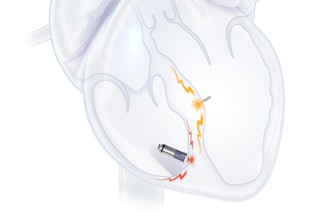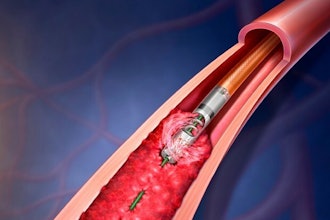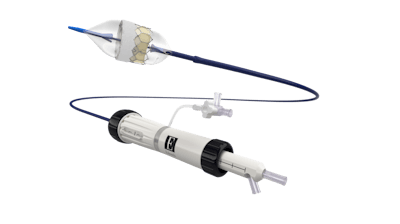
Edwards Lifesciences today announced at Cardiovascular Research Technologies (CRT) 2024 the compelling results from two large, real-world studies based on TVT Registry data that demonstrated continued excellent outcomes for patients treated with the Edwards SAPIEN valve platform.
A study of Edwards’ latest TAVR technology, the SAPIEN 3 Ultra RESILIA valve, found lower rates of paravalvular leak (PVL) at 30 days, lower echo-derived gradients and larger effective orifice areas across all valve sizes when compared to the SAPIEN 3 and SAPIEN 3 Ultra valves. The data were presented yesterday during a podium presentation and simultaneously published in the Journal of the American College of Cardiology (JACC): Cardiovascular Interventions. In a second study presented during the late-breaking clinical trials session, small Edwards SAPIEN TAVR valves demonstrated equally excellent outcomes at three years as compared to larger SAPIEN TAVR valve sizes.
In the study, researchers compared the outcomes of more than 10,000 patients across more than 800 sites in the United States treated with the SAPIEN 3 Ultra RESILIA valve to those receiving SAPIEN 3 Ultra and SAPIEN 3 valves using procedural and hemodynamic data and clinical outcomes for propensity-matched cohorts.
The study found that all Edwards TAVR platforms demonstrated excellent PVL results. Notably, there was a statistically significant reduction in PVL for the 29 mm SAPIEN 3 Ultra RESILIA valve as compared to the 29 mm SAPIEN 3, with 88.3% of patients exhibiting no PVL and only 10.7% of patients exhibiting mild PVL.
The SAPIEN 3 Ultra RESILIA valve was also associated with significantly lower echocardiography-derived mean gradients and larger effective orifice areas across all four valve sizes with low rates of all-cause mortality, cardiac death, all stroke, life-threatening bleeding, major vascular complications, and permanent pacemaker implantation in-hospital or at 30 days.
 The Sapien 3 Ultra Valve.Edwards
The Sapien 3 Ultra Valve.Edwards
An analysis of 8,100 propensity matched patients across more than 800 sites in the United States found that patients treated with a 20mm Edwards SAPIEN valve demonstrated excellent all-cause mortality and stroke outcomes at 3-years, equivalent to those receiving 23, 26 and 29mm SAPIEN valve sizes. Among mortality indicators, researchers concluded that while PVL and new permanent pacemaker implantation were both associated with increased mortality, the relationship between post-procedural echo-derived mean gradients and clinical outcomes is nonlinear and more complex.
“This examination of these real-world data gives us important insights into the actual performance of small Edwards valves and reaffirms the excellent outcomes for patients receiving SAPIEN TAVR, regardless of valve size,” said Amr Abbas, MD, Professor of Medicine at Oakland University William Beaumont School of Medicine, Director of Structural Heart at Corewell Health East, William Beaumont University Hospital and principal investigator in the small SAPIEN valve study.









